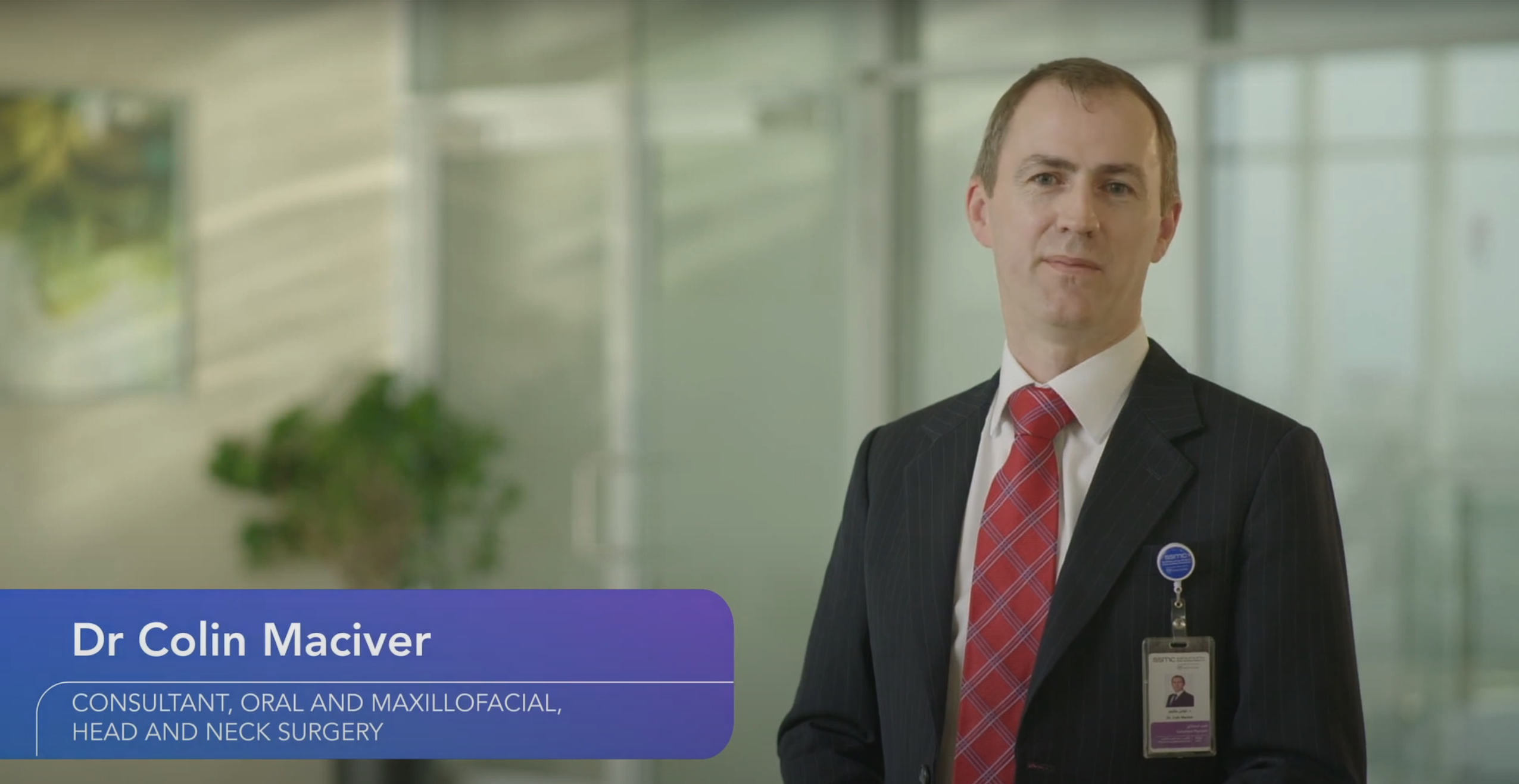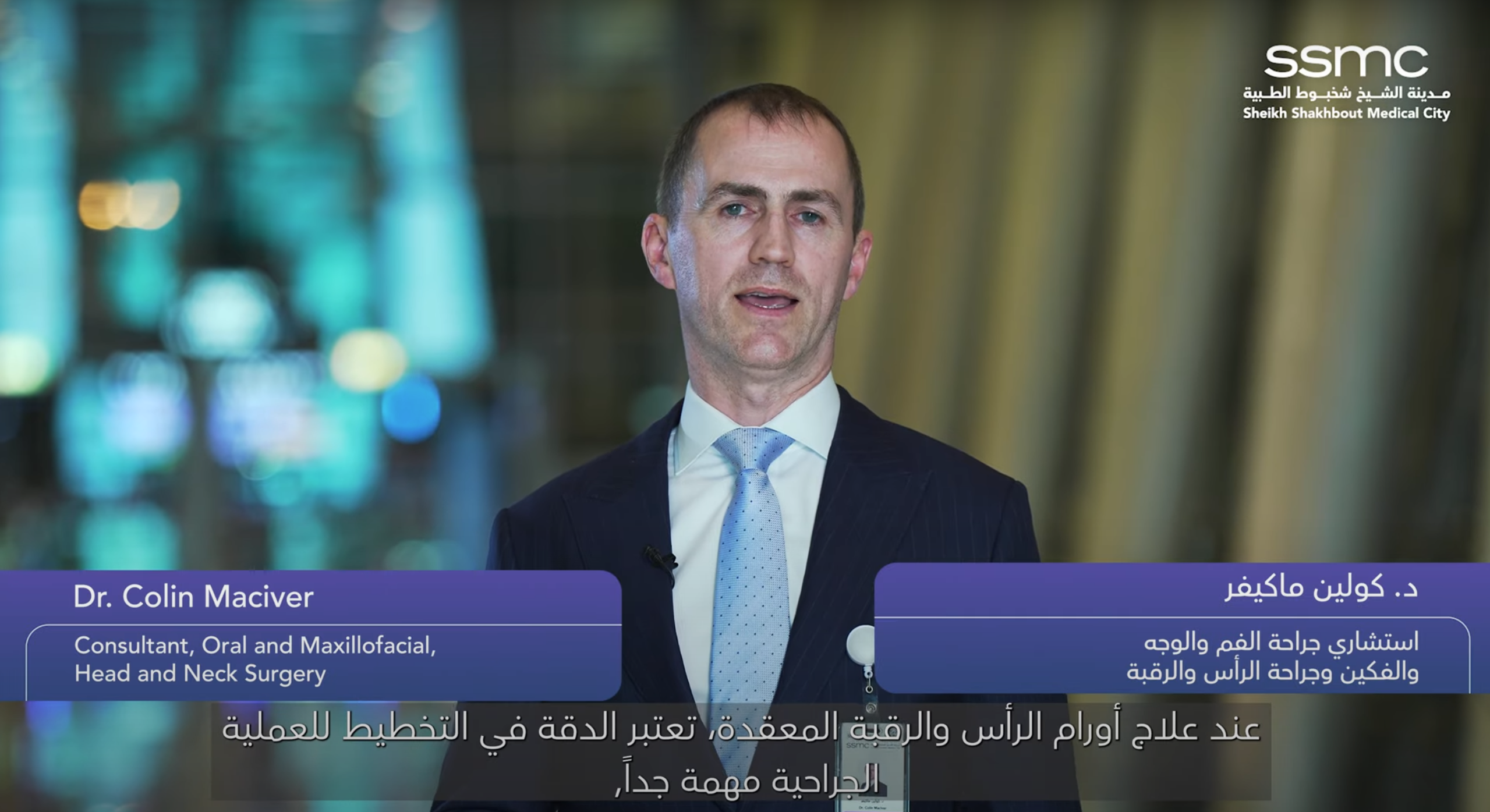Treatment
Head and neck cancer treatment depends on several factors, including the type and
stage of the cancer, as well as
the patient's health and preferences. Treatment options for
head and neck cancer may include:
Surgery:
A surgical procedure may involve the removal of the tumor and nearby tissue,
including lymph nodes if necessary. The
extent of surgery depends on the size, location and stage
of the cancer.
Following surgery, reconstructive procedures are often necessary to restore the
appearance and function of the
affected areas, such as speech and swallowing, based on the
individual patient's needs. This can range from using nearby tissue to reconstruct
the area where the tumor was
removed or transplanting tissue from other parts of the body
(microvascular free flap surgery).
Radiation therapy:
A high-energy beam of radiation is used to destroy cancer cells or shrink tumors.
Radiation therapy can be used as a
primary treatment or in combination with other treatments.
Chemotherapy:
Anti-cancer medications are used to kill cancer cells or stop their growth. It is
common to use chemotherapy in
combination with other treatments, such as radiation therapy.
Chemotherapy can be given before surgery (neoadjuvant chemotherapy), after surgery
(adjuvant chemotherapy), or as
the primary treatment.
Targeted therapy:
Specific molecules or pathways involved in cancer cell growth and survival are
targeted by these medications. In
cancer cells with specific genetic or molecular abnormalities,
targeted therapy may be used.
Immunotherapy:
Using this approach, the immune system is stimulated to recognize and attack cancer
cells. Head and neck cancers are
commonly treated with immune checkpoint inhibitors, such as
PD-1 inhibitors and PD-L1 inhibitors.
Post-Surgery care:
During the healing process after head and neck cancer surgery, rehabilitation plays
a vital role in promoting
recovery and improving your quality of life. Our rehabilitation
team comprises physical therapists, speech and language pathologists, dietitians and
wound care specialists
dedicated to providing tailored treatment plans for your needs. From
speech therapy to customized diet plans, our highly-skilled team ensures a
comfortable and successful healing
journey.
Book Appointment
800 7762
Book Appointment
800 7762




